5 Ways Structural Steel Fabrication Impacts Building Strength and Safety
Structural steel fabrication plays a critical role in modern architecture, serving as the literal and figurative backbone of many of today’s most iconic structures. From commercial skyscrapers to industrial plants and bridges, the reliability of these projects depends on one thing above all: the precision and quality of the structural steel fabrications used. Whether you’re an engineer, architect, or builder, understanding how steel fabrication impacts building strength and safety helps you make smarter choices that enhance both performance and longevity.
1. Structural Steel Fabrication Enhances Strength-to-Weight Ratio
One of the most impressive qualities of steel is its incredible strength-to-weight ratio. Simply put, structural steel provides exceptional durability without adding unnecessary bulk. This allows for taller, more spacious designs without compromising stability. Think of the tallest skyscrapers or the most complex bridges—each relies heavily on the integrity of its structural steel fabrications.
When steel is fabricated, every cut, weld, and bend must be performed with precision to maintain its mechanical properties. Skilled technicians and advanced machinery ensure each component fits perfectly within the overall design. The result? A lighter structure that can support immense loads safely. This balance between strength and efficiency is what makes steel so essential in modern construction.
2. Steel Fabrication Improves Seismic and Wind Resistance
Safety in construction isn’t only about how much weight a building can hold—it’s also about how well it can endure environmental forces. Steel’s natural ductility gives it a distinct advantage in areas prone to earthquakes and strong winds. Unlike brittle materials that may crack under pressure, properly fabricated steel components can flex and absorb energy without losing structural integrity.
This means that in regions prone to seismic activity, buildings constructed with high-quality structural steel fabrications are better equipped to withstand sudden movement and vibration. During powerful winds or storms, the same flexibility helps prevent catastrophic damage. It’s a fascinating demonstration of how a material’s adaptability directly contributes to occupant safety.
3. Precision Fabrication Enhances Construction Efficiency and Safety
Another major benefit of structural steel fabrication is the opportunity for prefabrication in controlled environments. Instead of building everything from scratch on-site, steel components are fabricated in specialized facilities under rigorous quality controls. This reduces the chance of construction errors, accidents, and material inconsistencies.
When steel parts arrive at the site ready for assembly, workers can complete construction faster and with fewer safety risks. Prefabrication also allows for tighter tolerances and more accurate alignments, both of which contribute to the long-term stability of the structure. In short, structural steel fabrications make the construction process smoother, safer, and more dependable.
4. Sustainability Strengthens Long-Term Safety and Industry Growth
Beyond its physical strength, steel fabrication also contributes to sustainability—a key factor in long-term building safety. Steel is one of the most recyclable materials on the planet, and the industry has made huge strides toward reducing its environmental impact. Using recycled steel not only conserves resources but also produces stronger, more reliable materials through modern refining processes.
According to IBISWorld, the U.S. iron and steel manufacturing industry is projected to reach a market size of $108.4 billion in 2025, reflecting both its economic vitality and its essential role in sustainable construction. With evolving technologies, energy-efficient methods, and greener production techniques, structural steel fabrications are helping the industry meet sustainability goals while ensuring that future buildings are both strong and safe.
5. Precision and Quality Control Ensure Long-Term Reliability
A key factor that makes structural steel fabrications so impactful is the emphasis on precision and consistent quality control throughout the process. Every beam, column, and joint must meet strict standards to guarantee that the finished structure performs safely under all conditions. The fabrication process involves detailed planning, skilled workmanship, and careful inspection to ensure that each component fits exactly as intended.
This high level of attention to detail reduces the chances of structural weaknesses, misalignment, or performance issues once the steel is assembled on-site. It also helps ensure that buildings remain durable and stable for decades, even under demanding environmental or load conditions. When fabrication teams adhere to rigorous quality standards, they create structures that not only meet safety regulations but also provide peace of mind for builders and occupants alike. By maintaining these high standards, structural steel fabrications continue to deliver dependable results across projects of all sizes—helping ensure that every building stands strong, secure, and built to last. The precision achieved through these technologies means stronger connections, fewer weak points, and greater overall safety—attributes that every engineer and building owner can appreciate.
Structural steel fabrication is much more than a technical process—it’s the foundation of safe, resilient, and forward-thinking construction. From its strength-to-weight efficiency to its seismic resistance, sustainability, and technological precision, every stage of fabrication contributes to creating buildings that stand the test of time.
As the steel industry continues to innovate and grow, the relationship between fabrication quality and building safety will only become more significant. Choosing the right team for your project ensures you benefit from the full potential of steel’s capabilities. For expert guidance and reliable results in every stage of your steel project, reach out to Donner Steel Works—where craftsmanship, safety, and innovation come together to build a stronger future.
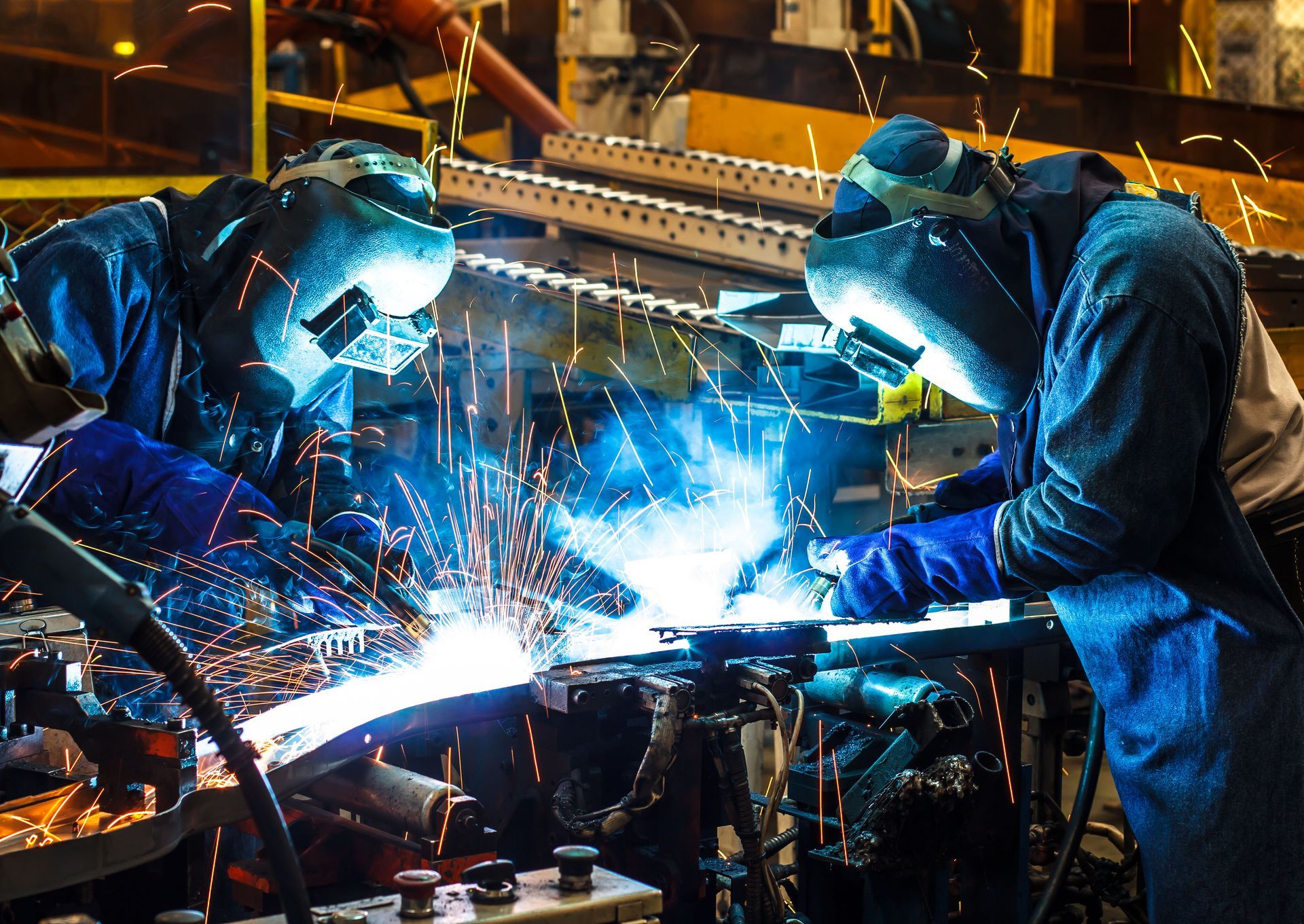
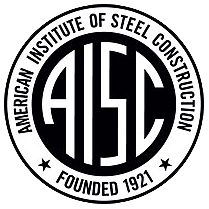
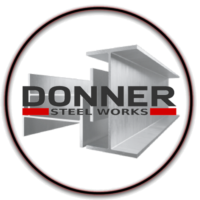

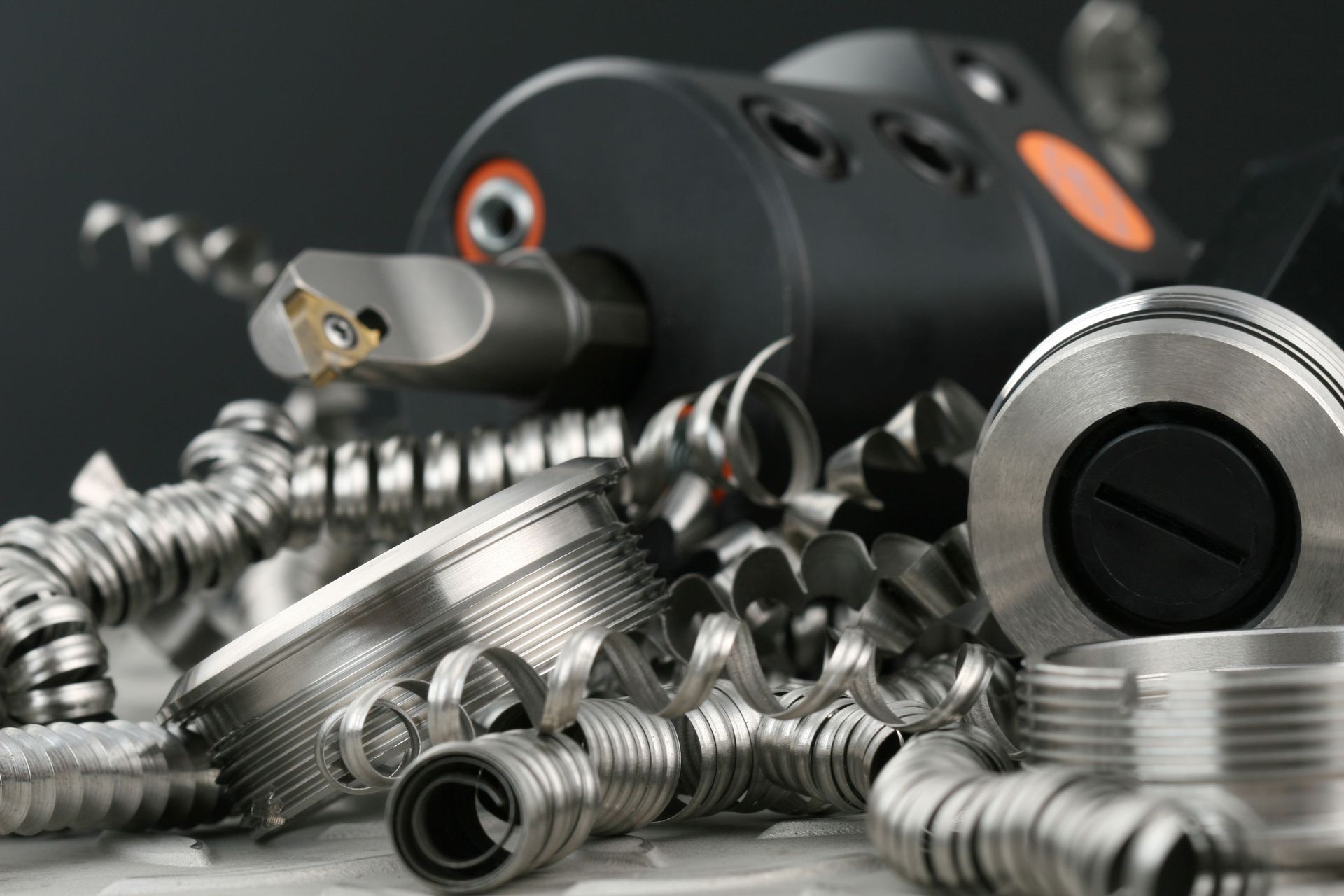

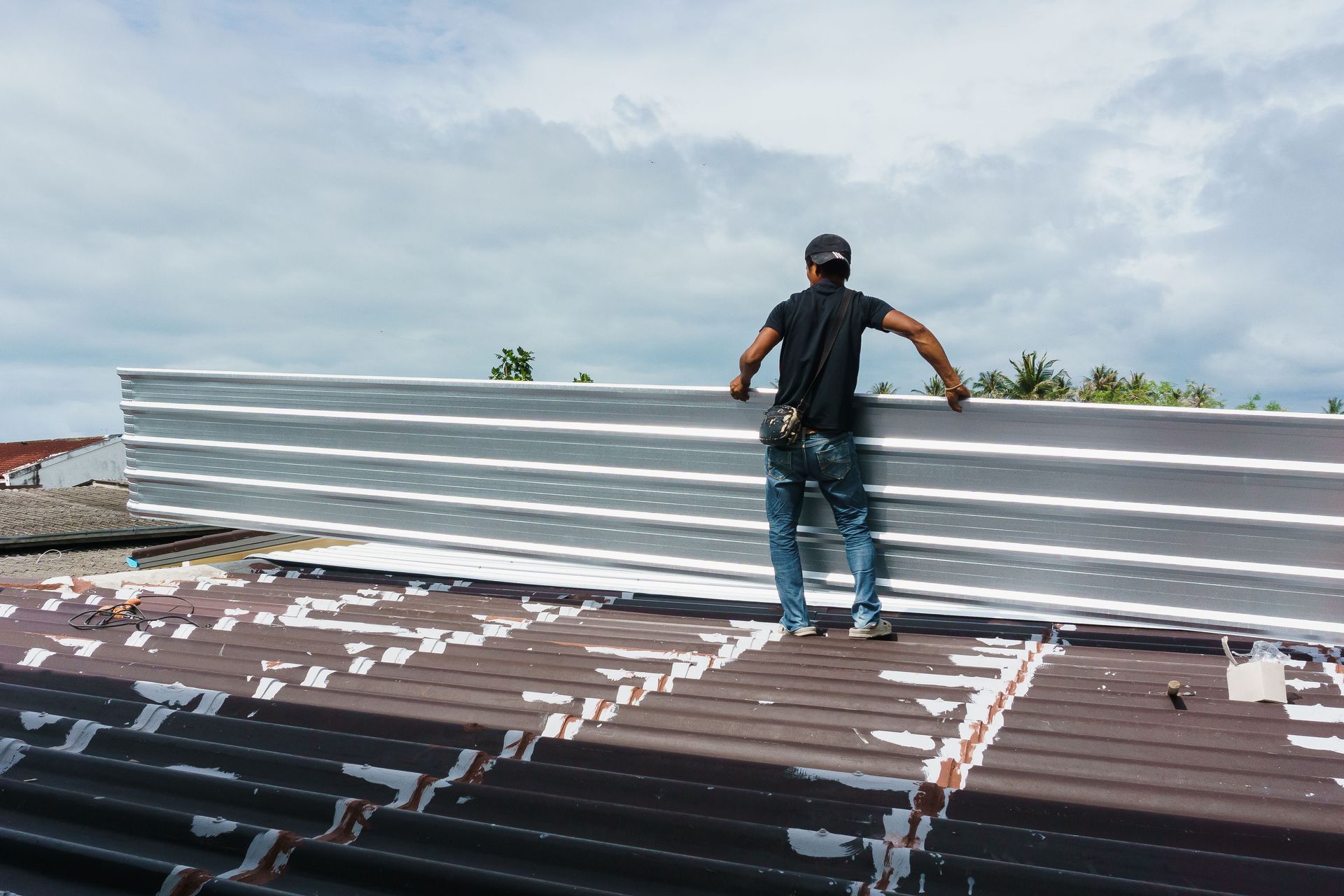
Share On: